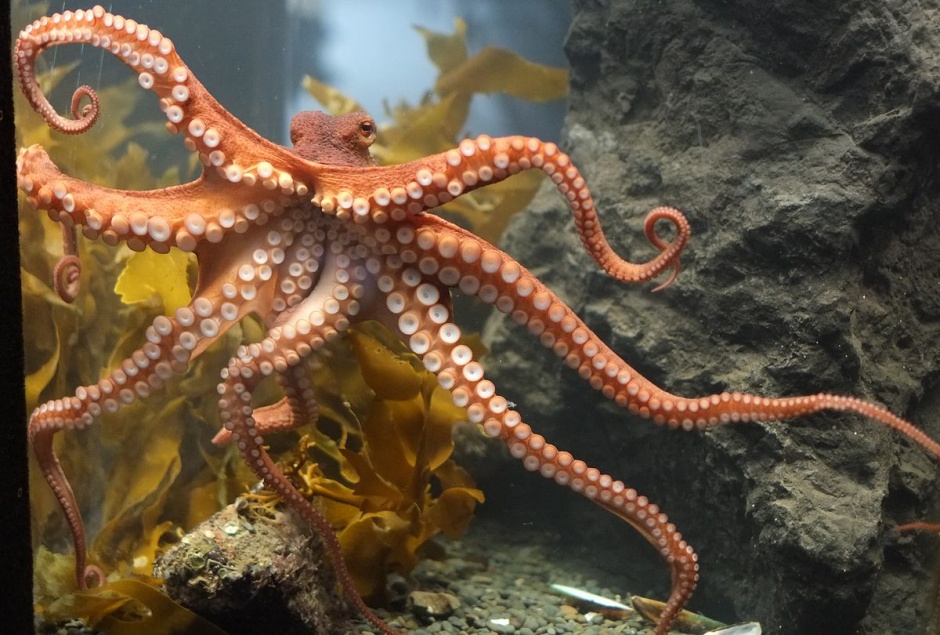Artificial octopus sucker acts as a robotic anchoring module
Efforts are underway to replicate the way in which Octopus suckers work, an advance that could lead to applications in industrial, medical and disaster monitoring scenarios.

Led by Dr Sina Sareh, academic leader in Robotics at the Royal College of Art, the project has built a biologically inspired soft artificial sucker that acts as a robotic anchoring module.
The overall aim is for the sensorised mechanism, described in Journal of the Royal Society Interface, to be integrated into robots, including drones, to enhance mobility, remain on location, or manipulate objects.
The natural world contains many aquatic creatures that can attach themselves to objects, but the octopus has been singled out for its ability to attach to a wider range of objects and surfaces in its environment with varying degrees of force.
“It can attach to something very delicate, like octopus egg capsules,” said Dr Sareh. “It can grab them, it can manipulate them and change their position without damaging because it has a soft interface for gripping.
Register now to continue reading
Thanks for visiting The Engineer. You’ve now reached your monthly limit of news stories. Register for free to unlock unlimited access to all of our news coverage, as well as premium content including opinion, in-depth features and special reports.
Benefits of registering
-
In-depth insights and coverage of key emerging trends
-
Unrestricted access to special reports throughout the year
-
Daily technology news delivered straight to your inbox










Breaking the 15MW Barrier with Next-Gen Wind Turbines
Hi Martin, I don´t have any detailed parameters for the 15MW design other than my reading of the comment in the report ´aerodynamic loads at blade-tip...